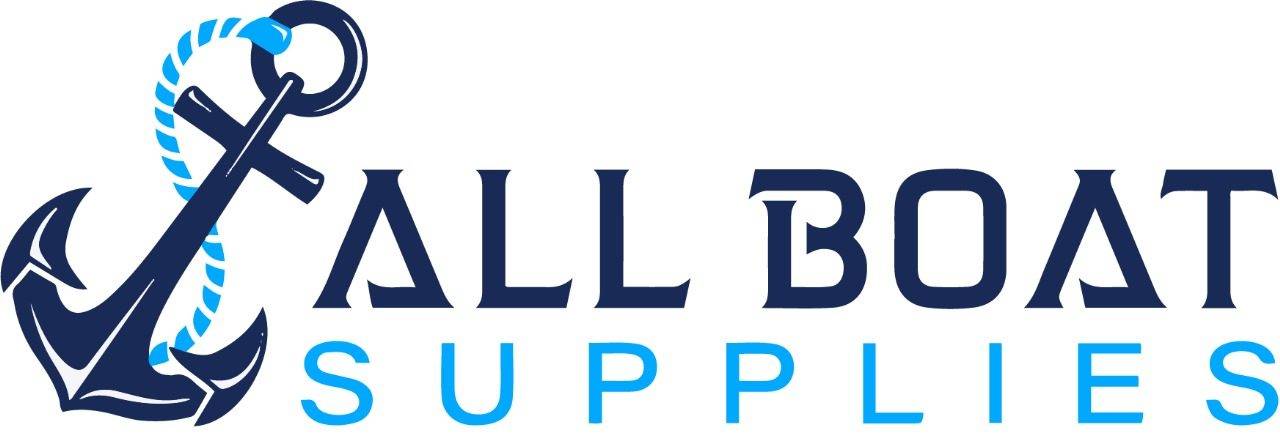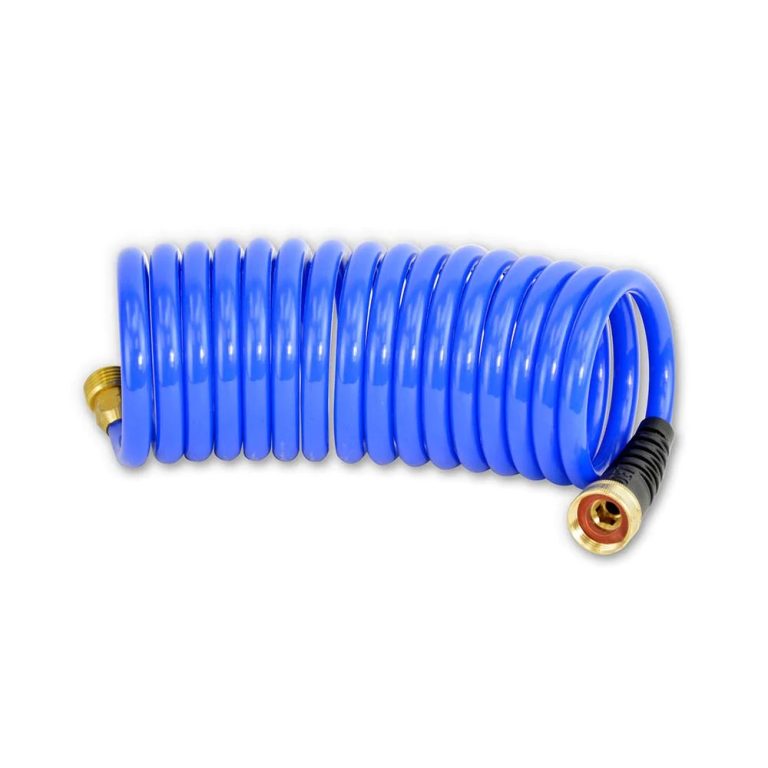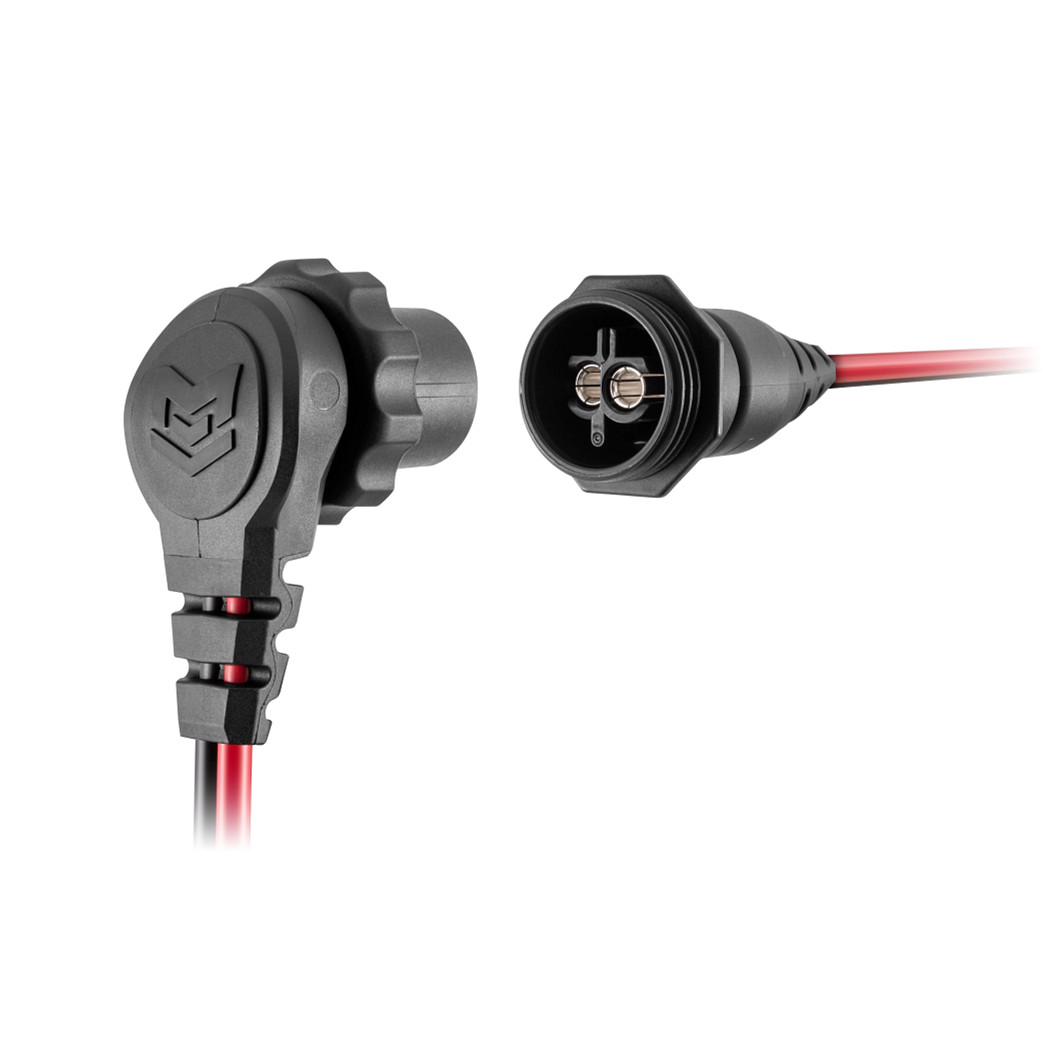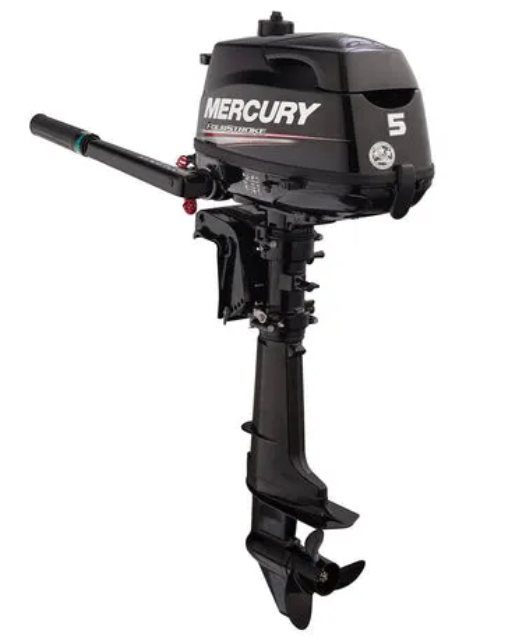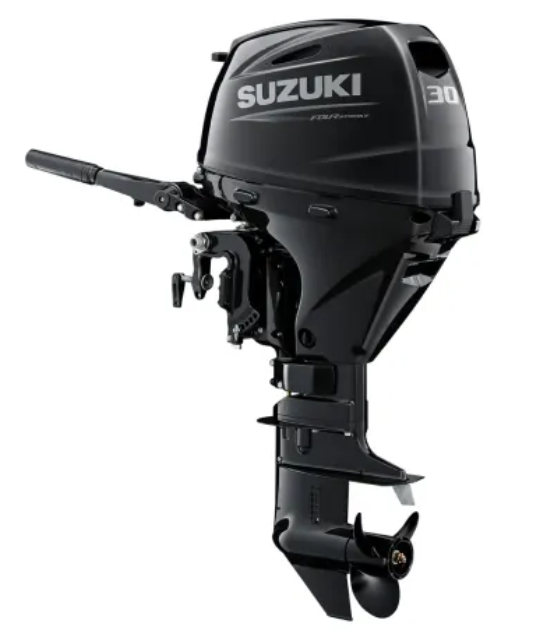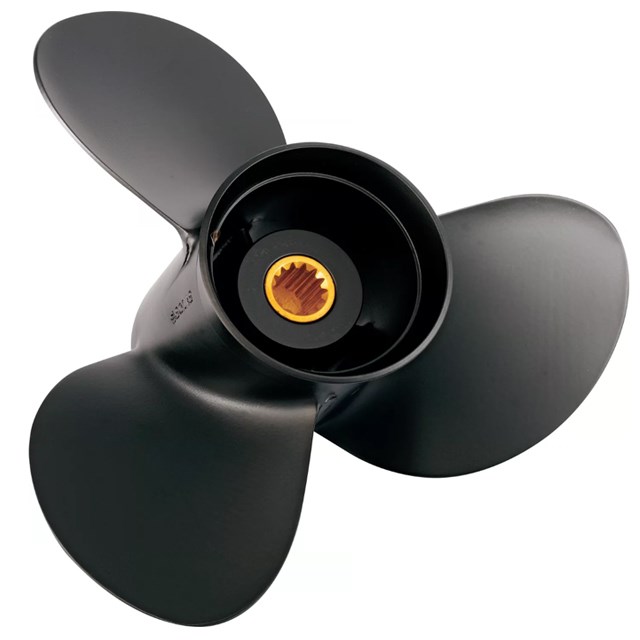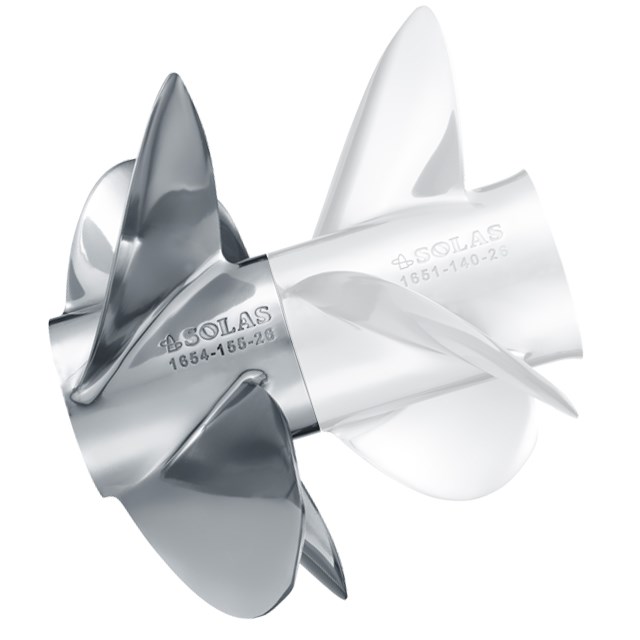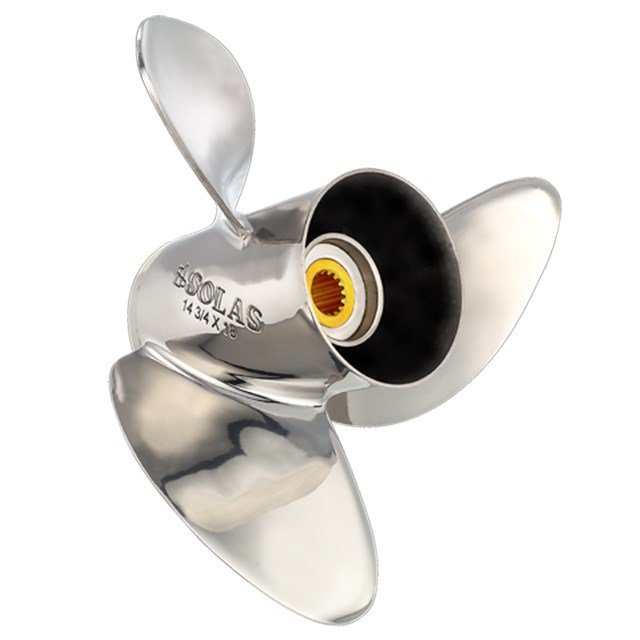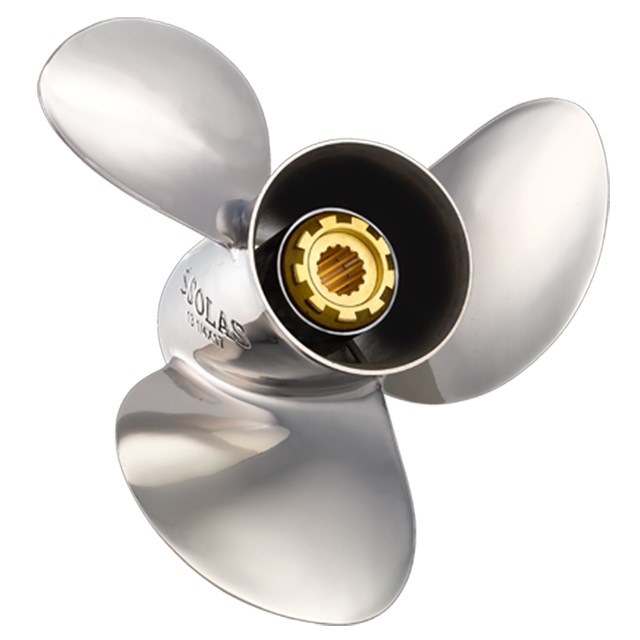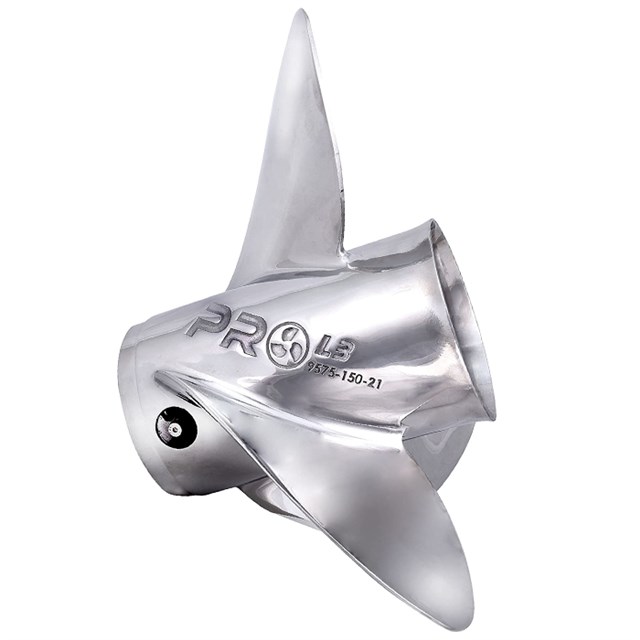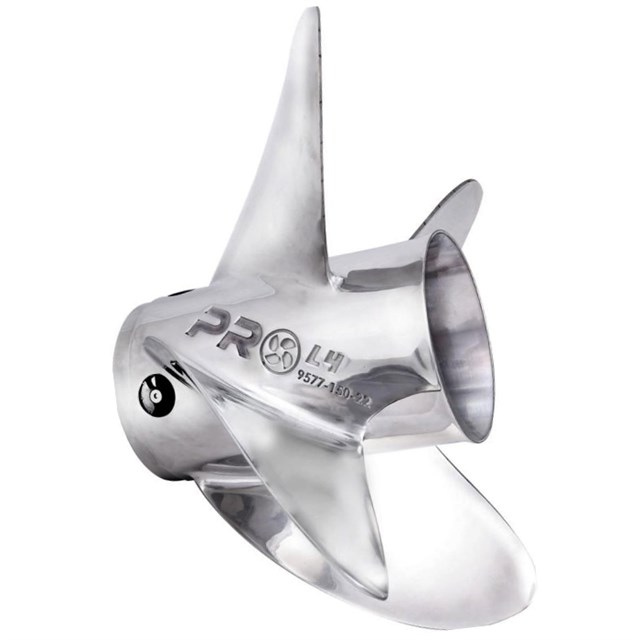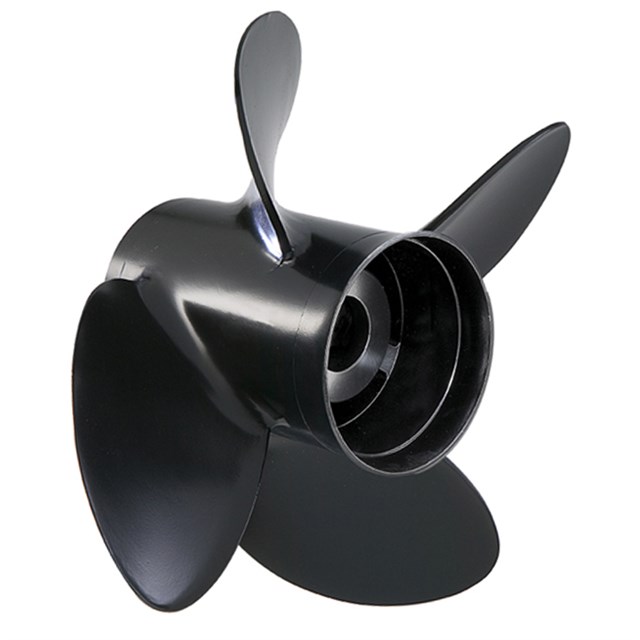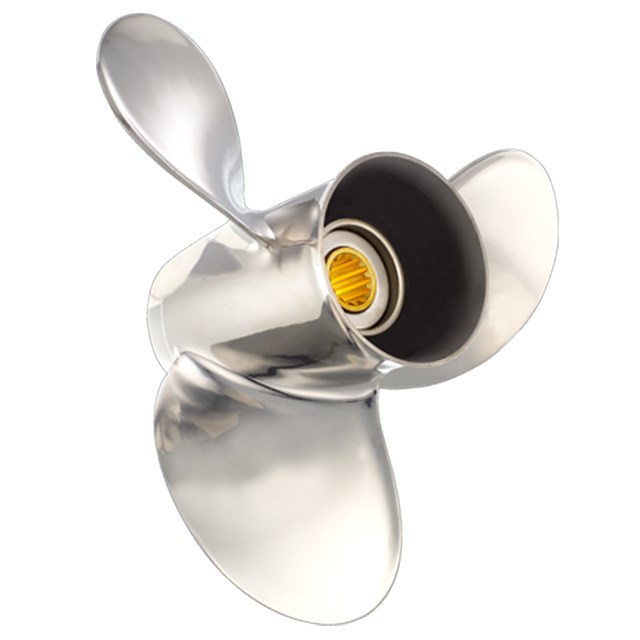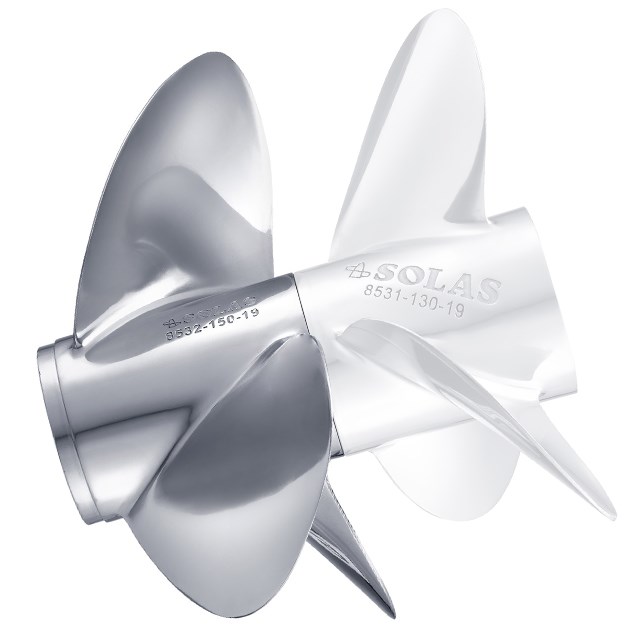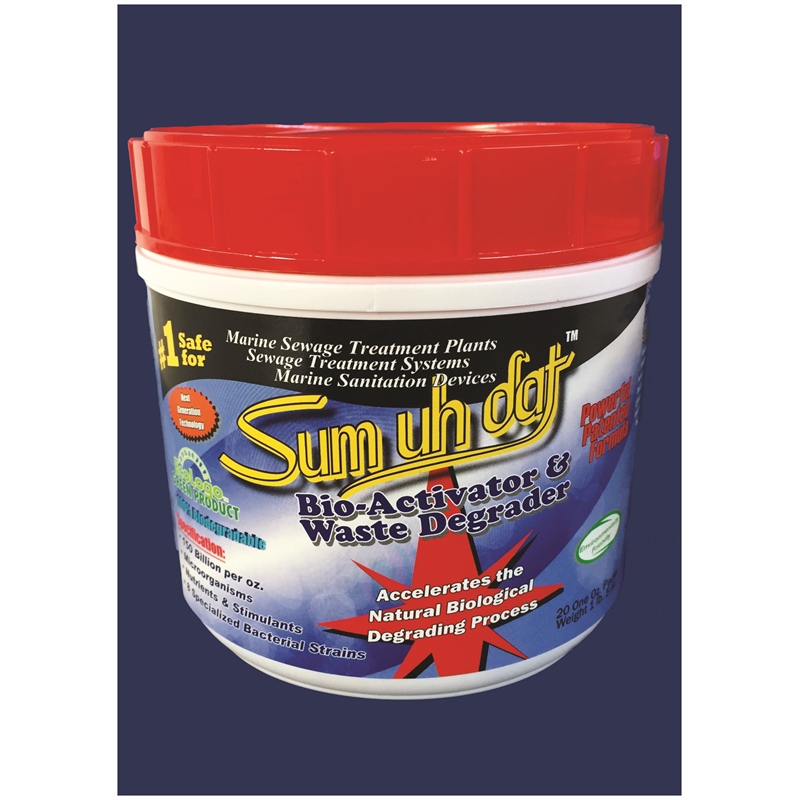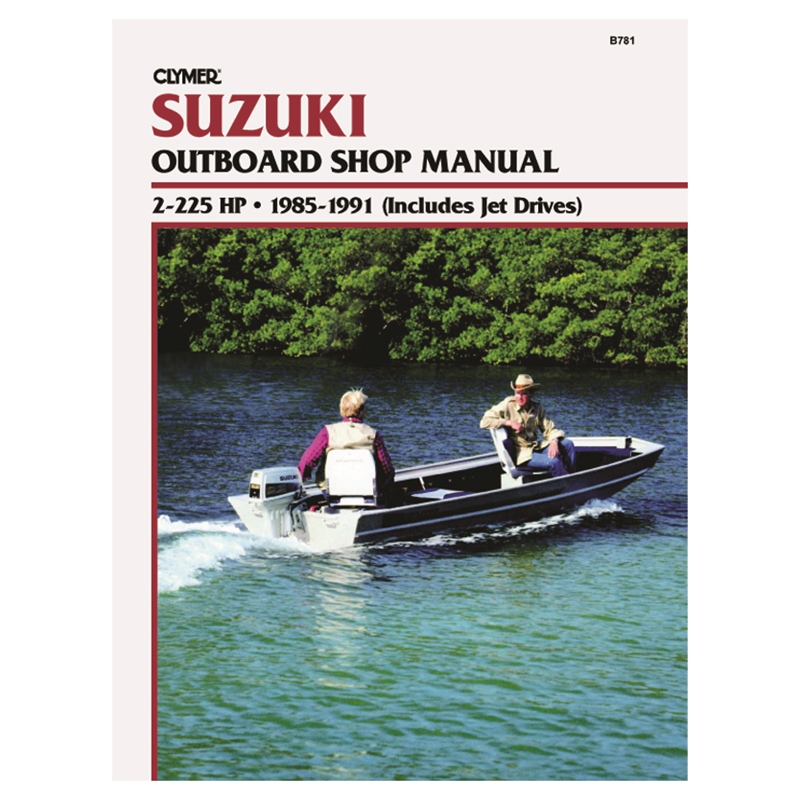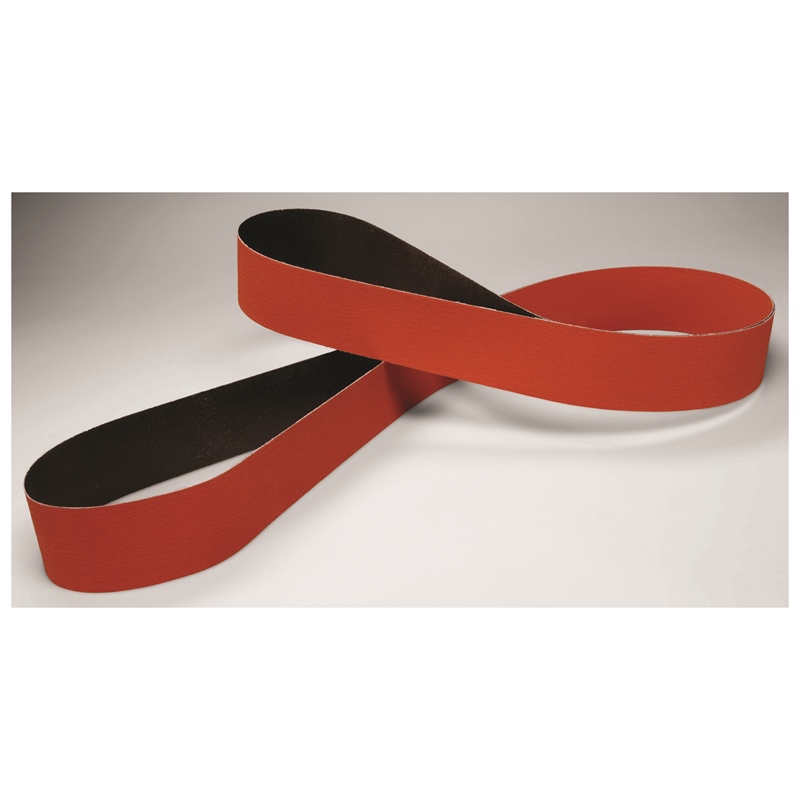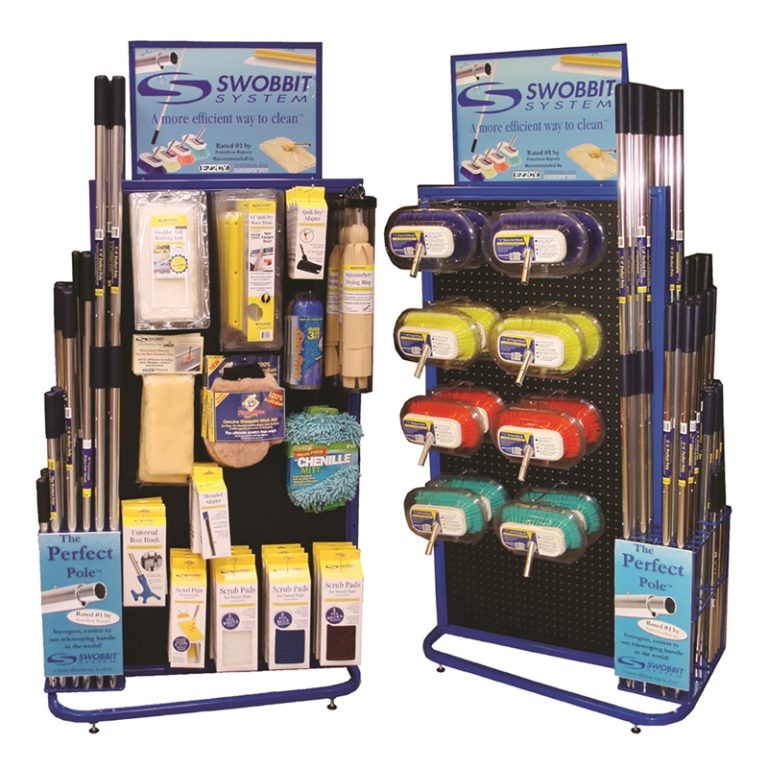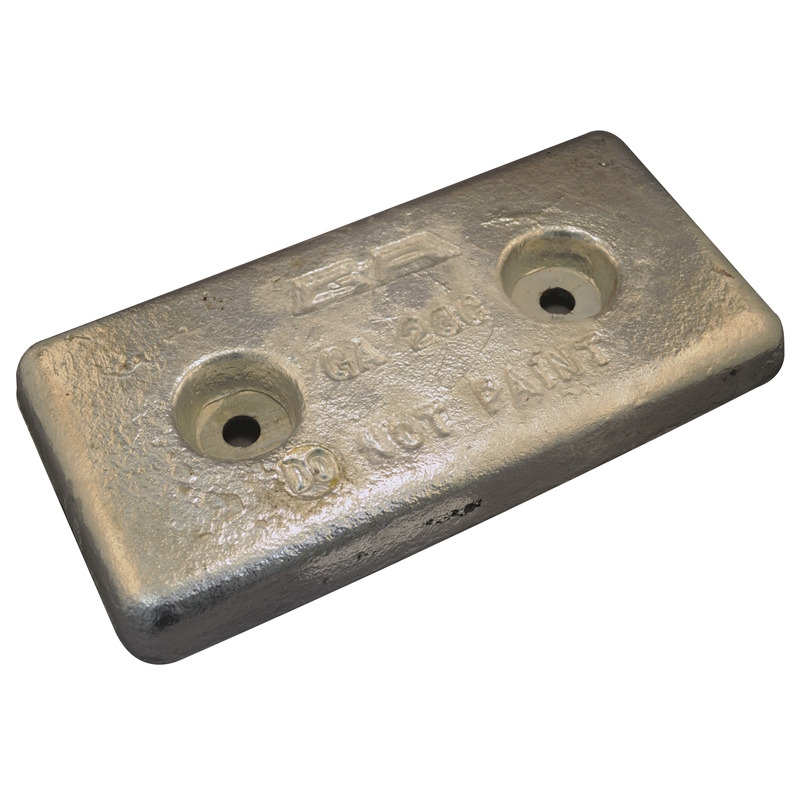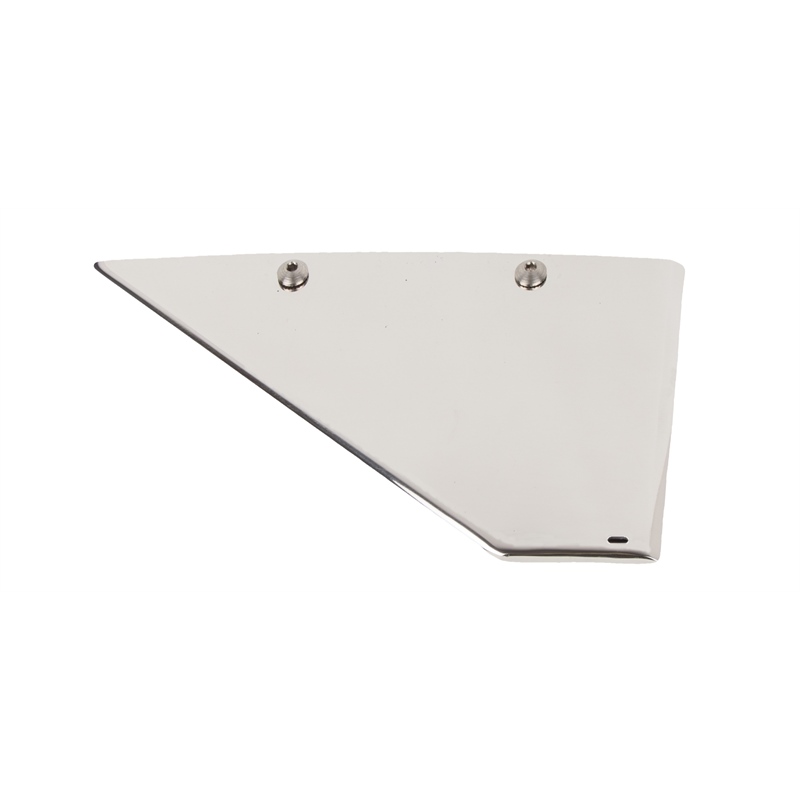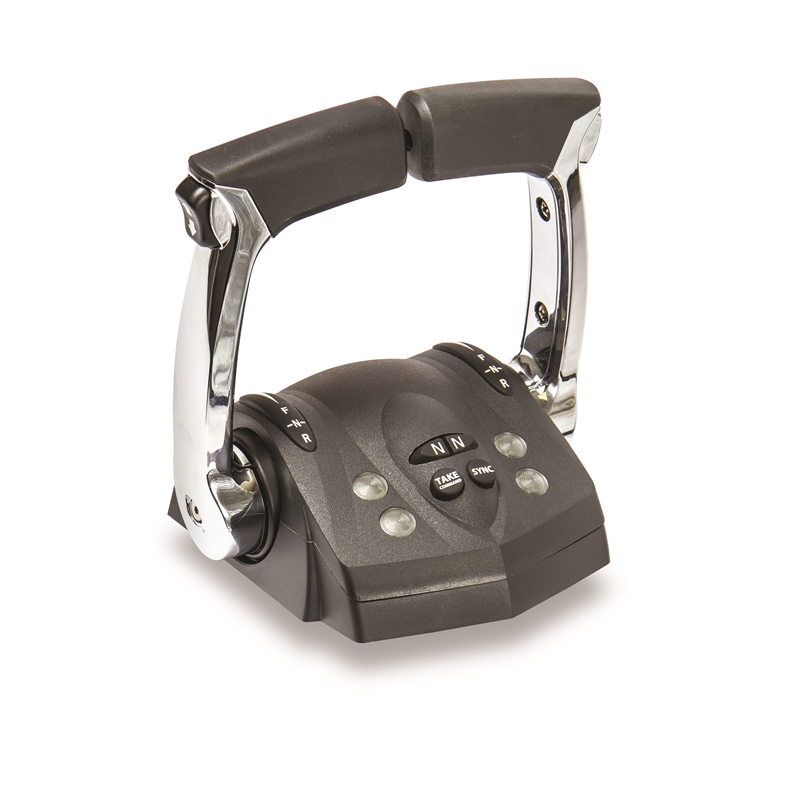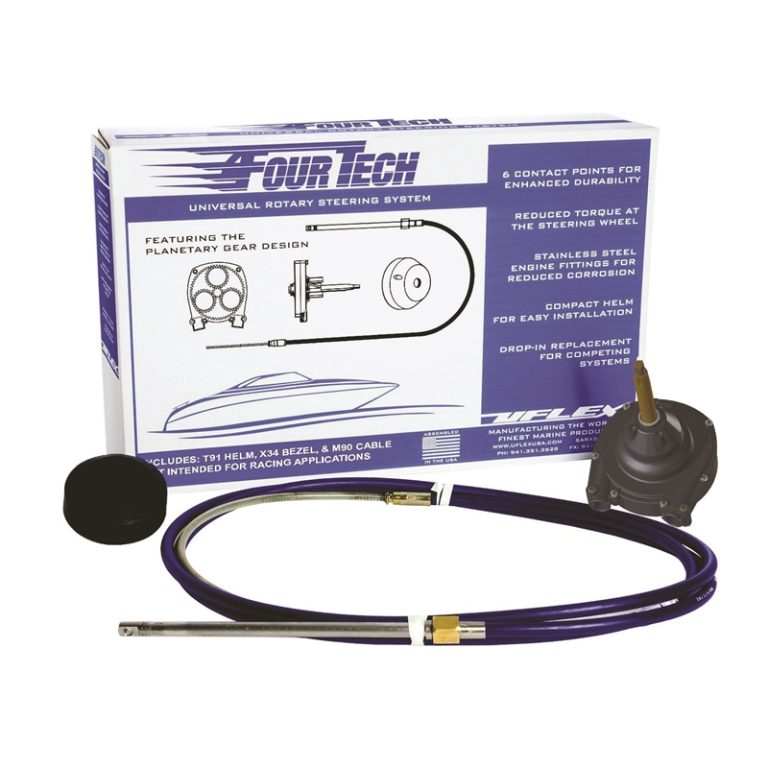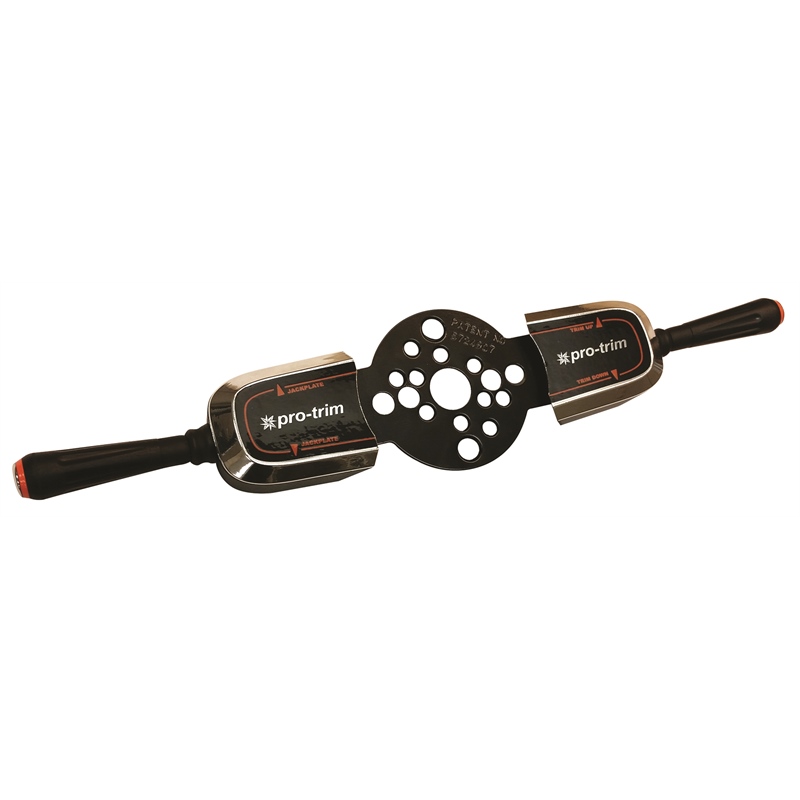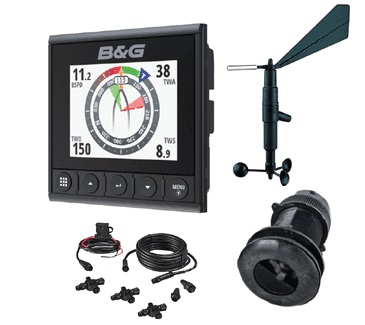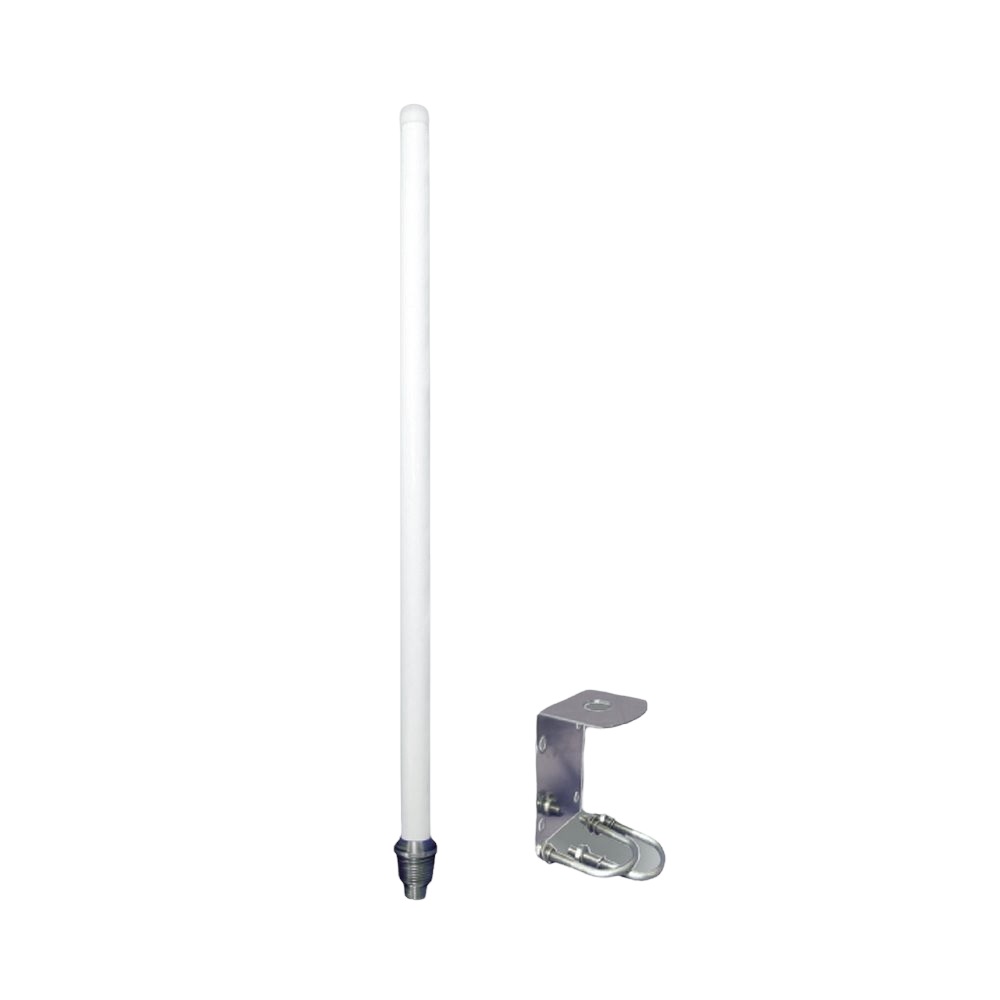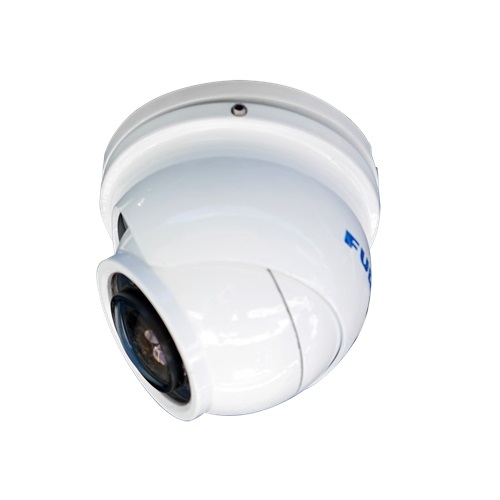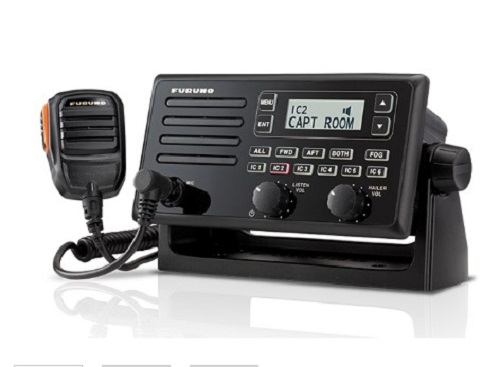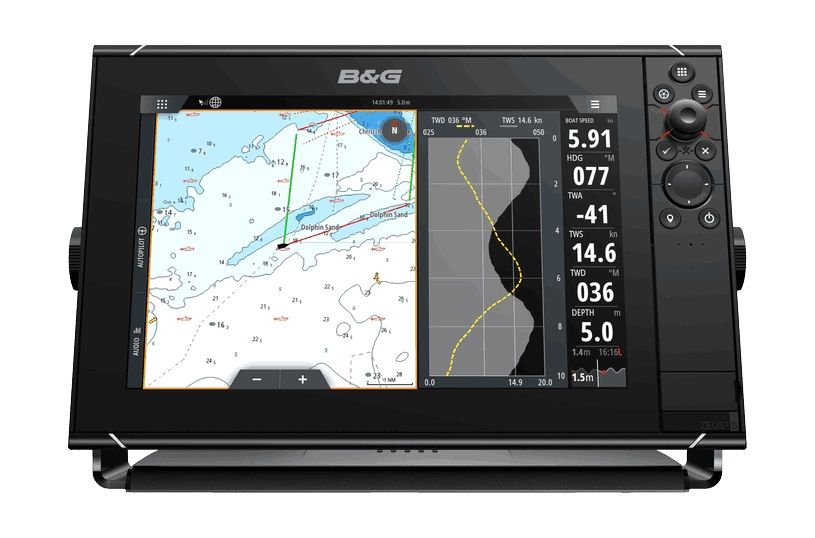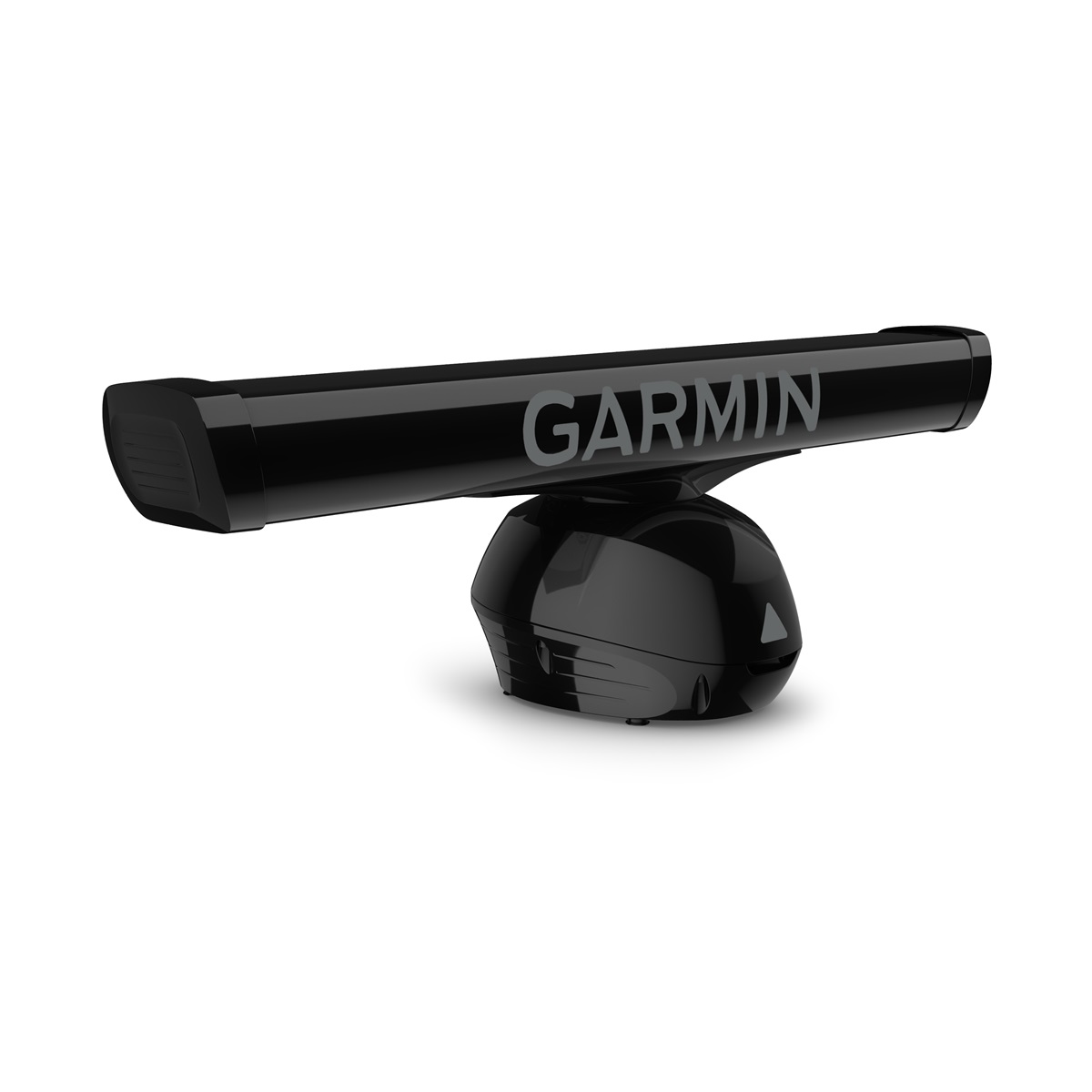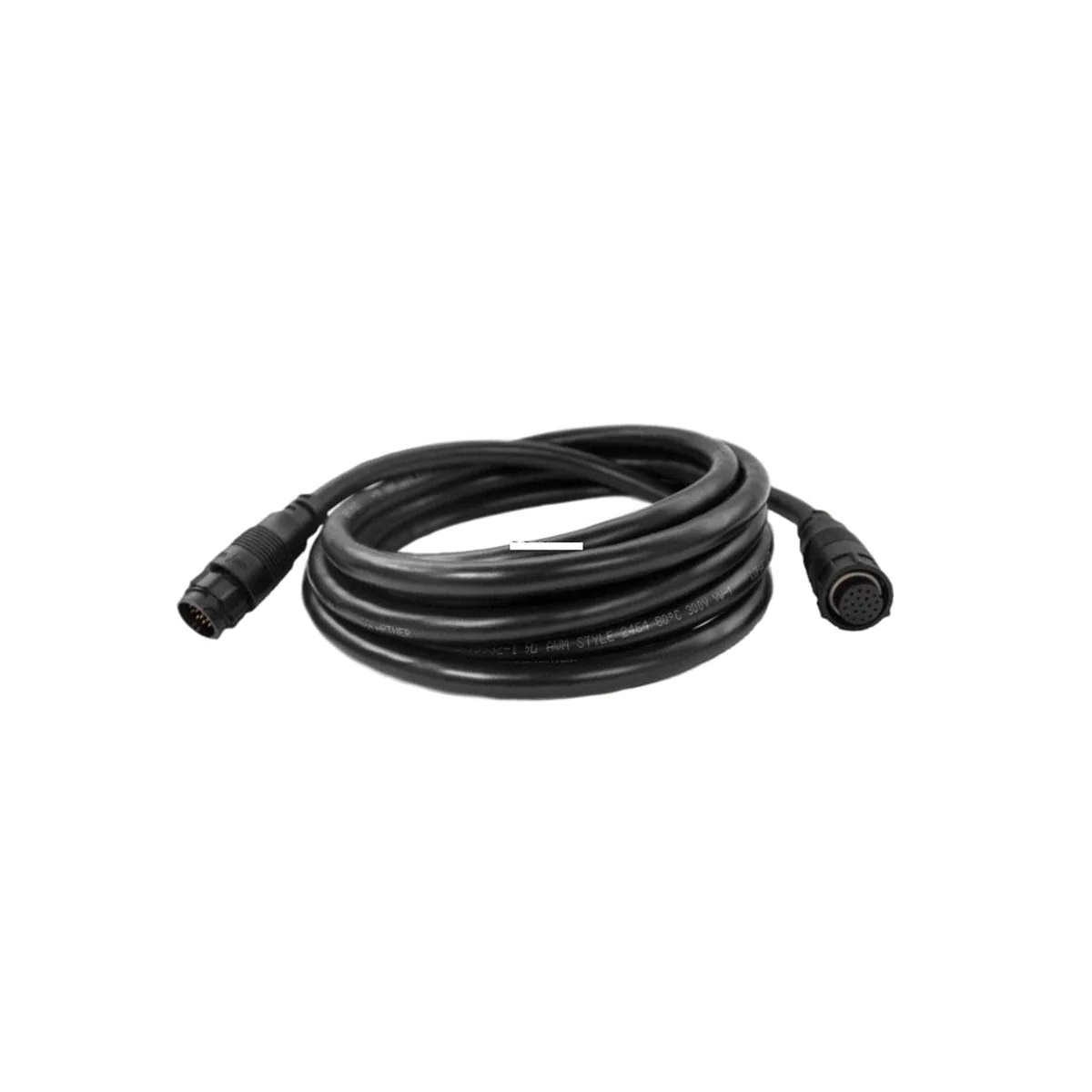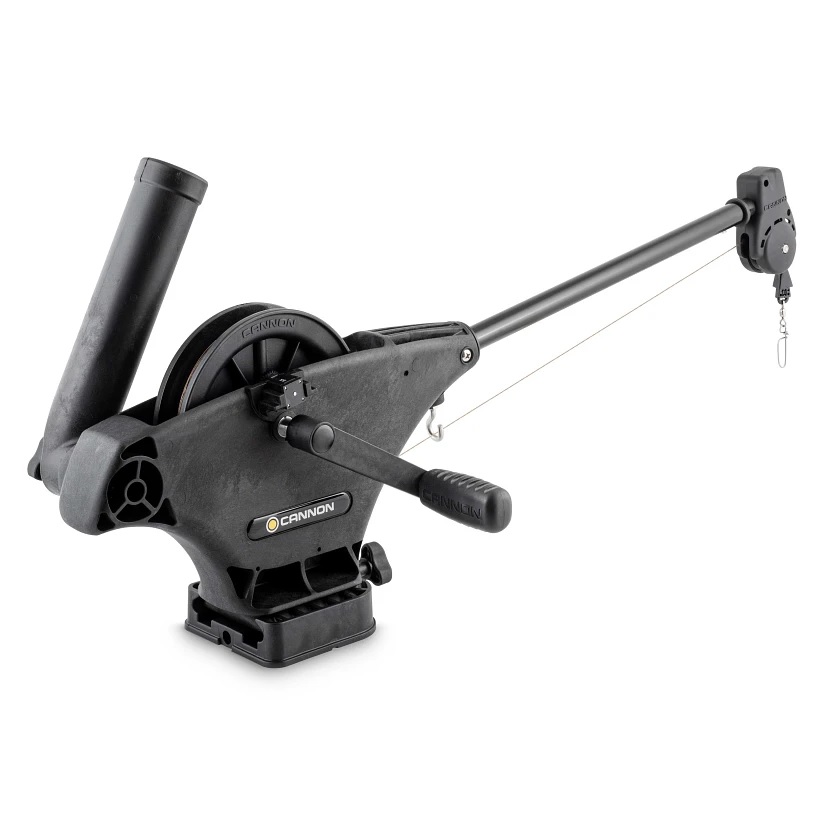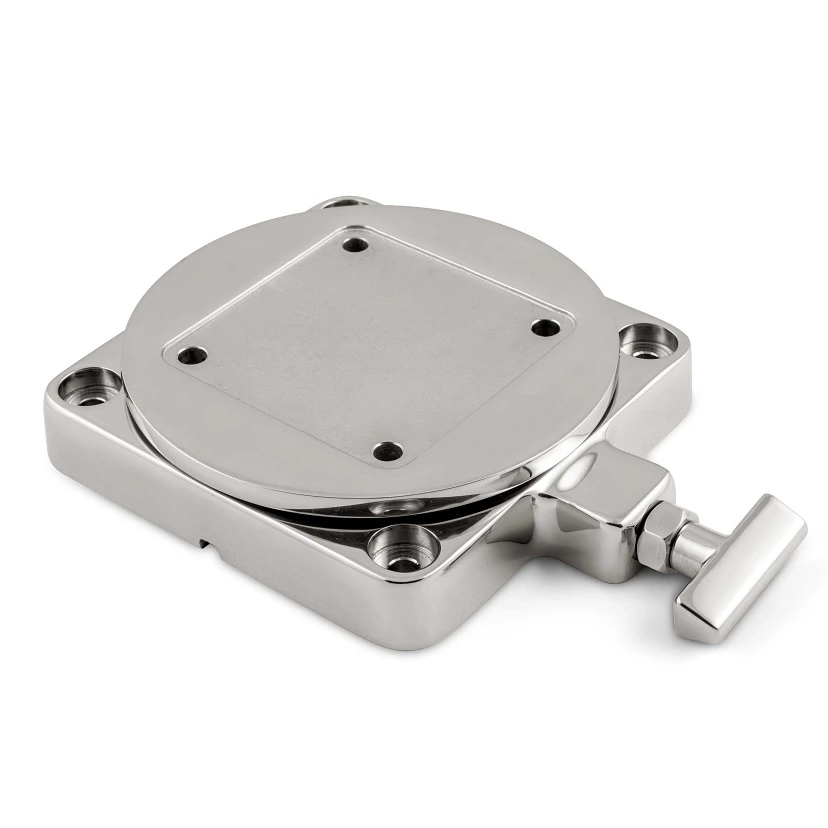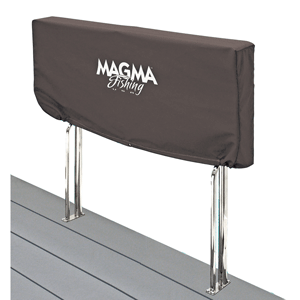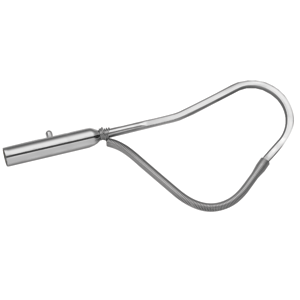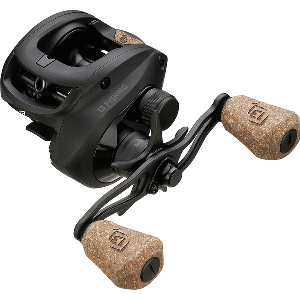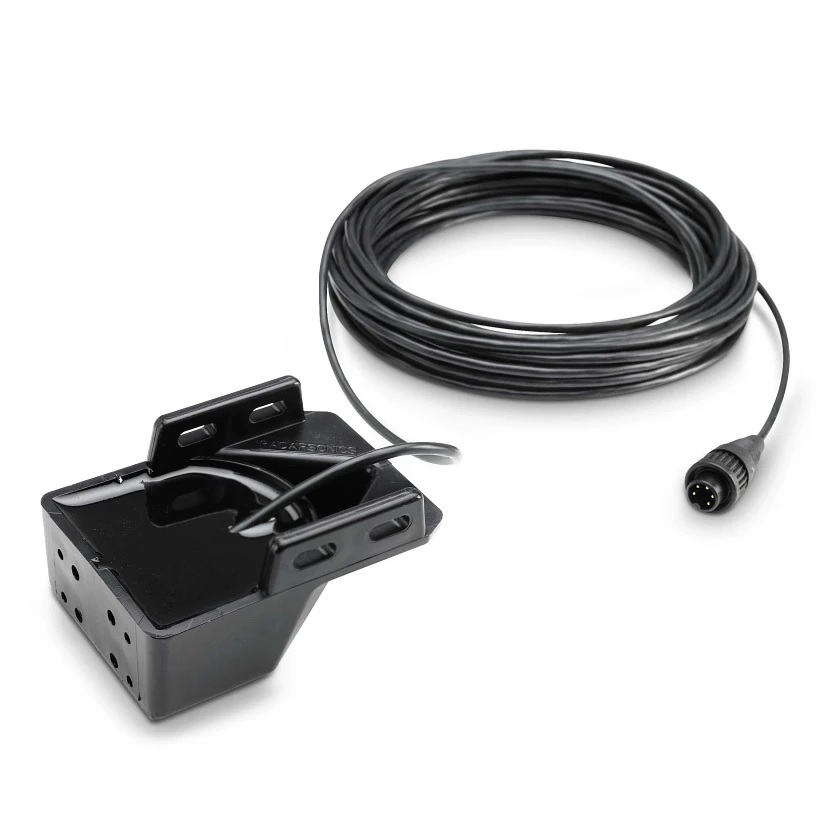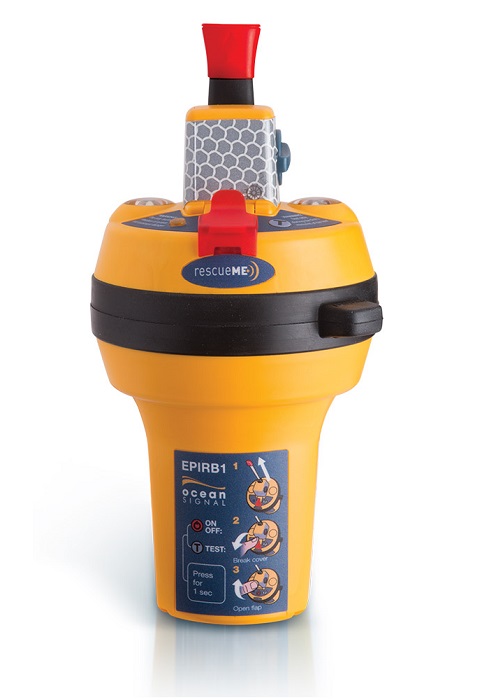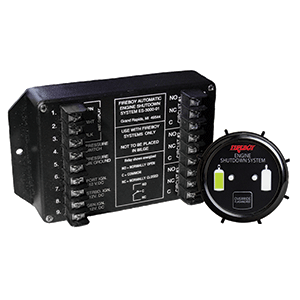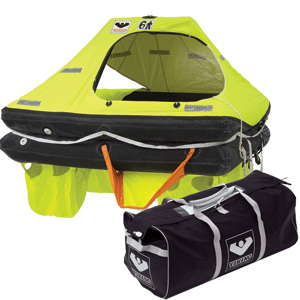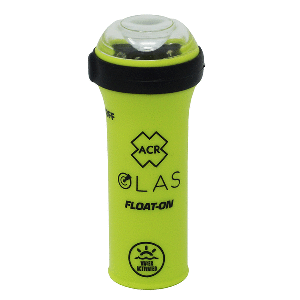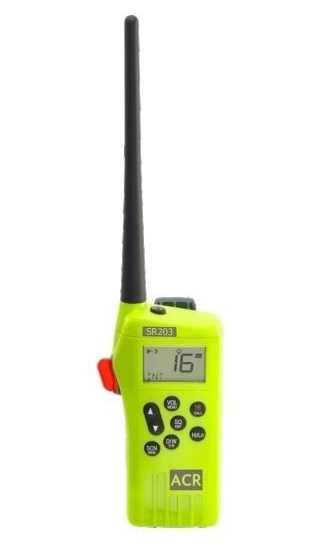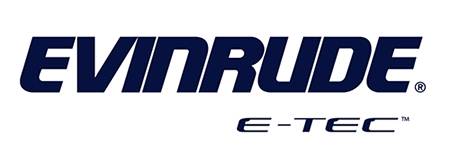Outboard Lower Unit Maintenance
Introduction: Why Outboard Lower Unit Maintenance Matters
The outboard lower unit plays a vital role in the performance of your boat’s engine. It connects the engine to the propeller, allowing your boat to move efficiently. Regular maintenance is key to keeping your outboard lower unit in top condition, whether you have a Mercury, Yamaha, or another brand.
In this guide, we’ll walk you through important tasks like changing the unit oil, checking the water pump, and inspecting the gearcase. These steps will help you prevent costly repairs and keep your motor running smoothly.
What is the Outboard Lower Unit?
The outboard lower unit houses essential components like the gearcase, propeller shaft, water pump, and seals. These parts work together to transfer power from the engine to the propeller, allowing your boat to move. The lower unit also holds unit oil, which lubricates internal gears and bearings. Proper care and maintenance of the lower unit ensure smooth performance and extend the lifespan of your engine.
Common Problems with Outboard Lower Units
Here are some typical issues with the outboard lower unit:
- Oil Leaks: Leaking oil can signal worn seals or cracks in the gearcase.
- Overheating: A faulty water pump can cause your engine to overheat.
- Unusual Noises: Grinding or whining noises often point to problems with gears or bearings.
- Poor Performance: Damaged propeller shafts or worn gears can affect the overall performance of the lower unit.
Prompt attention to these issues can prevent larger, more costly repairs down the road.
Essential Outboard Lower Unit Repair & Maintenance Steps
1. Changing the Outboard Lower Unit Oil
Changing the unit oil is crucial for keeping the lower unit running smoothly. Follow these steps:
- Prepare the Boat: Position your boat on a stable surface, and have a container ready to catch the oil.
- Locate the Drain and Fill Plugs: Find the drain plug at the bottom and the vent plug at the top of the lower unit.
- Drain the Oil: Remove the drain plug and let the oil drain out completely.
- Refill with New Oil: Replace the drain plug, and refill the lower unit with the recommended unit oil.
- Replace the Vent Plug: Tighten the vent plug after filling the lower unit.
Regular oil changes keep gears and bearings well-lubricated, reducing wear and preventing engine damage.
2. Inspecting and Maintaining the Water Pump
The water pump ensures the engine stays cool by circulating water. Here’s how to maintain it:
- Check the Impeller: Inspect the rubber impeller for wear or damage.
- Clean the Water Intake: Ensure there are no obstructions blocking the water intake.
- Replace the Impeller: If the impeller is damaged, replace it to ensure proper cooling.
A functioning water pump is essential to prevent overheating and engine damage.
3. Inspecting the Propeller Shaft and Gearcase
The propeller shaft connects to the gears in the gearcase, transferring power to the propeller. Regularly inspect these parts:
- Look for Damage: Check the propeller shaft for cracks, bends, or other damage.
- Examine the Gears: Look for signs of wear or damage to the internal gears. If the gears are worn, the entire gearcase may need to be replaced.
A damaged shaft or worn gears can lead to poor performance and greater wear on the lower unit.
4. Diagnosing Unusual Lower Unit Noises
If you hear grinding or whining sounds, it may be time to inspect your outboard lower unit:
- Grinding Sounds: Can indicate damaged gears or bearings inside the gearcase.
- Whining Noises: Often a sign of low lubrication or failing gears.
If you notice unusual sounds, it’s important to inspect your lower unit as soon as possible to avoid further damage.
Pro Tips for Maintaining Your Outboard Lower Unit
To keep your outboard lower unit in top shape, follow these tips:
- Change Unit Oil Regularly: Replace the unit oil at least once a year or as recommended by the manufacturer.
- Clean the Water Pump: Keep the water pump and intake area free from debris to ensure proper cooling.
- Use the Right Oil: Always use the recommended unit oil to avoid issues with lubrication and performance.
- Protect Against Saltwater: Flush your engine after each use in saltwater to prevent corrosion and buildup inside the lower unit.
Conclusion: Keep Your Outboard Lower Unit in Top Condition
By staying on top of routine repair and maintenance, you can keep your outboard lower unit in excellent working condition. Changing the unit oil, inspecting the water pump, and addressing any signs of wear will help avoid costly repairs and improve your boat’s performance. Whether you own a Mercury, Yamaha, or another brand, these tips will ensure your motor runs smoothly for years to come.
